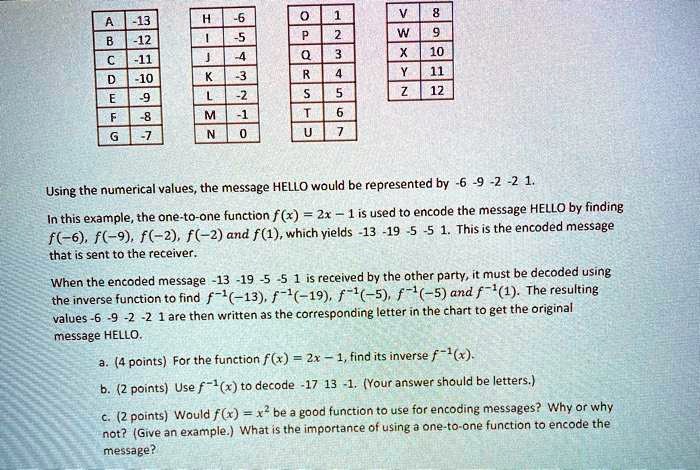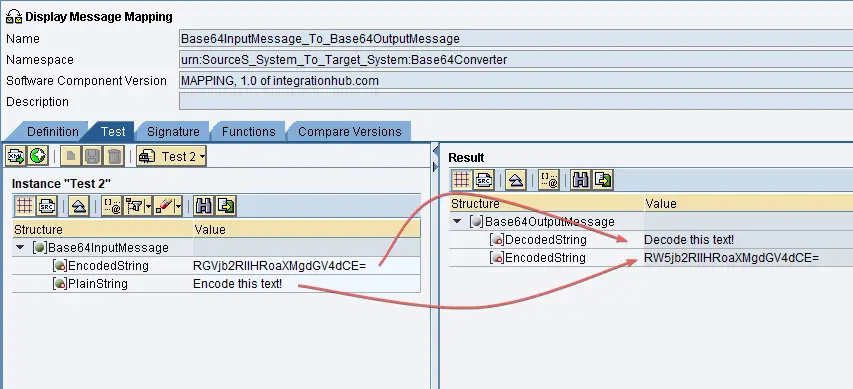

- #How to encode a message in a picture how to#
- #How to encode a message in a picture android#
- #How to encode a message in a picture code#
- #How to encode a message in a picture download#
If you want to test it with any other image then you need to get the base64 encoded code of your image which you can get from any online image to base64 converter.
#How to encode a message in a picture download#
YouTube Video Downloader PHP Script – Download Source Code
#How to encode a message in a picture android#
Youtube Video Downloader Android Source Code Yes, the base64 encoded code is the encoded code for that green rectangle and for this reason you will see that image on the web page. If you run the above HTML code on your browser, then you will see a small green rectangle. In the above code, the type of the image can be PNG, JPG, JPEG or GIF.īelow is the HTML code that will show the image for the base64 code on the web page:

The HTML code syntax to show an image from base64 binary code will be like below: base64,"> Suppose, the base64 code for your image is iVBORw0KGgoAAAANSUhEUgAAAAoAAAAJCAIAAACExCpEAAAAAXNSR0IArs4c6QAAAARnQU1BAACxjwv8YQUAAAAJcEhZcwAADsMAAA7DAcdvqGQAAAASSURBVChTY5DutMGDRqZ0pw0A4ZNOwQNf and you want to display the image in your HTML page using HTML code. It is very easy to show the image from base64 encoded text in HTML. To retrieve an image from a base64 text, you need to follow rules of HTML. Display image on web page from base64 in HTML
#How to encode a message in a picture how to#
Here, in this post, I am going to tell you how to display an image from encoded base64 code in HTML. Live word counter from HTML textarea in JavaScript The encoded text then decoded again and it represents the original media file. With this process, the attachments like images and any other media file can be converted into text and then the text sent to the destination. This is a method where binary information encoded so that it can be sent easily where text-only communication is possible. # first pixel r value is length of messageĮncoded_image_file = "french_flag_enc.Base64 represents binary data for any file or attachment in an ASCII string format. If row = 0 and col = 0 and index < length:Įncoded.putpixel((col, row), (asc, g, b))Ĭheck the red portion of an image (r, g, b) tuple for # use a copy of image to hide the text in The red value of the first pixel is used for length of string Hide the msg string characters as ASCII values Use the red portion of an image (r, g, b) tuple to # hide a short message in an image file (has to be. I used the PIL module and Snee's idea and came up with these observations.

Your module image is propriatory, so it is very hard to test any code. If not, print out the statement "this file is clean." # Determine if there was a secret message inside the file. #secret = raw_input("What do you want your secret to be: ") # Create FileImage objects for the secret message files

Original = FileImage("nature_trail_2.png") # Create a FileImage object from a specified image file (r1, g1, b1) = imSecret.getPixel2D(col, row) # ***** THIS IS WHERE YOUR FUNCTION DEFINITION SHOULD GO ***** Also, I want it to stop when it reaches the last letter/number/symbol in the string, but it doesn't do that either. All I end up getting is the letter at the last position repeated to the end of the number of pixels. I thought I would use a for loop in the function to loop to each position in the string for the message, but that doesn't seem to work right. I have perfect the decoding hidden messages part, but am a bit stuck on the encoding part (encoding a message by changing the red value in the pixel color to the unicode number of the letter. So, I am supposed to be encoding and decoding hidden messages in images.


 0 kommentar(er)
0 kommentar(er)
